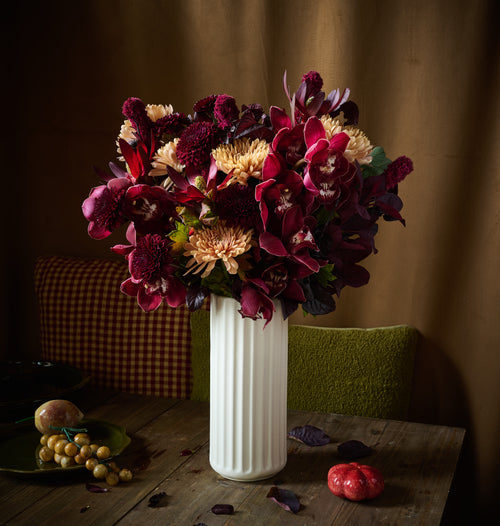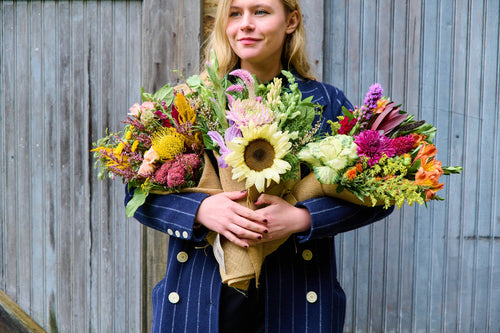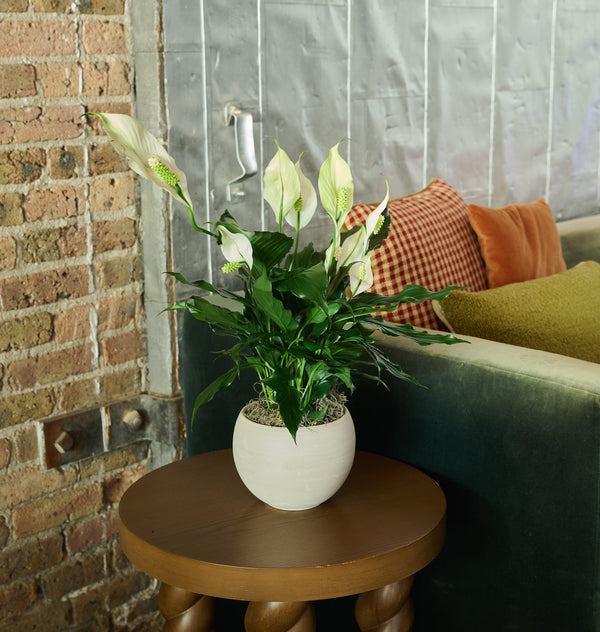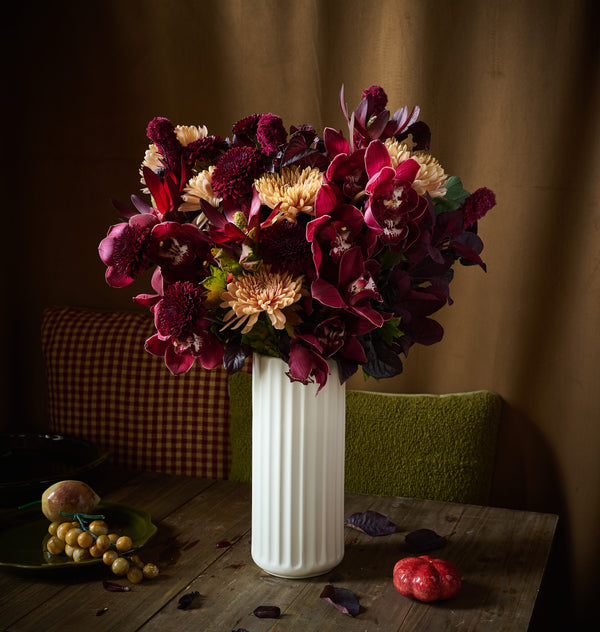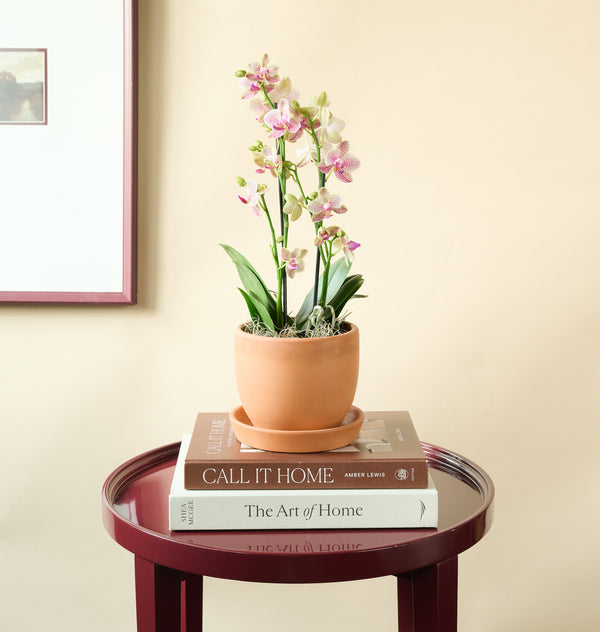Flowers have always done more than decorate. They speak more honestly than words ever could. Imagine being able to say “I adore you,” “I’m thinking of you,” or even “I forgive you” without uttering a sound. That’s the magic of the language of flowers.
The secret tradition has been alive for centuries, traveling from ancient rituals to Victorian parlors and eventually, into the bouquets we send today. Flowers have always carried messages tucked inside their petals and somehow, everyone knew how to read them.
In this blog, we'll wander through that history: how flower symbolism came to be, why Victorians perfected it, and how we can still let our bouquets speak for us in modern times.
What Is the Language of Flowers?
The language of flowers, sometimes called floriography, is simply poetry. It's a full-fledged code, a way of speaking without speaking. Every bloom stood for something: roses for love, lilies for purity, violets for modesty. And it wasn't confined to one place.
Cultures everywhere gave flowers their weight. In Japan, cherry blossoms taught the fleeting nature of life. In Greece, laurel leaves are crowned champions. In Christianity, lilies became holy symbols of hope and resurrection.
What made this so enduring? Perhaps it was the simplicity: entire paragraphs expressed through a handful of petals. Perhaps it was safety. When words felt risky, flowers made feelings clear. No wonder floriography's meaning became so popular, especially in times when silence said more than speech.
Victorian Flower Meanings: A Secret Code
No one embraced this hidden vocabulary quite like the Victorians. Courtship meant formalities, and feelings always stayed buttoned up. Yet through flowers those emotions found their way out. Imagine a suitor arrives with a small bouquet of violets, tulips and chrysanthemums. To the unknowing eye, it’s simply pretty.
The language of flowers became their secret. Yellow carnations whispered of rejection, while deep red roses burned with desire. Tulips screamed of passion, and chrysanthemums promised long-lasting friendship. Even the way flowers were tied together, or whether they were handed with the right or left hand, mattered.
Flower Symbolism Across Different Cultures

We are not under strict Victorian codes anymore, but flowers still hold their language. Wedding bouquets rich with roses and lilies, sympathy arrangements with chrysanthemums, birthday gifts glowing with sunflowers, and love letters of red roses for Valentine’s Day.
Of course, the meanings shift across cultures. In Asia, chrysanthemums might symbolize grief. In Europe, they might signal joy. That’s why modern gifting often leans on guides, a way to ensure the right bloom carries the right intention.
Today, the meanings of flowers don’t confine us, they liberate us. It helps us create bouquets that feel more thoughtful and more intentional. A thank you bouquet becomes more than just “pretty flowers.” It becomes gratitude, wrapped in petals.
Popular Flowers and Their Modern Interpretations

So, let’s name them. Some blooms are universal in their messages, others a little surprising.
- Roses: Not just red for love. Pink whispers admiration, yellow bursts with friendship, and white glows with purity. Entire novels could be written on roses alone.
- Sunflowers: Optimism bottled up in a stem. They bring cheer, follow the sun, and remind us to keep looking toward light.
- Lilies: Renewal and purity, yes, but also tied to remembrance. That's why they show up at both celebrations and farewells.
- Orchids: Rare, exotic, elegant. They are the epitome of beauty and luxury, but also admiration.
- Daisies: Innocence. Fresh starts. That kind of joy that feels unpolished and real.
We still choose based on these stories, even unconsciously. We reach for daisies when someone starts a new chapter. We choose orchids when we want to impress, and roses when love feels too big to be said plainly. That's the meaning of floriography; it stays with us, even if we don't call it by name.
How to Use the Language of Flowers Today
So, how do we make this practical? Simple: let the meanings guide us.
- A birthday bouquet: lilies for renewal, and sunflowers for joy.
- A wedding arrangement: roses for love, orchids for elegance, and violets for humility.
- A memorial: chrysanthemums for loyalty, and carnations for remembrance.
See how it works? The flowers turn from random choices into thoughtful messages. And it doesn't need to be complicated. Even a single bloom, chosen with care, can say more than a paragraph.
At Flowers for Dreams, we've seen how a bouquet transforms when intention joins beauty. A sunflower isn't just sunny; it's optimism sent in a bundle. Roses aren't just romantic; they're layered with centuries of meaning.
A Timeless Tradition Reimagined
The language of flowers never truly disappeared, it simply slipped into the background, waiting for us to listen again. So the next time you give flowers, pause and ask yourself: what do you want to express? Gratitude, hope, passion, comfort? Let the blooms speak that truth for you.
At Flowers for Dreams, we believe in bouquets that go beyond beauty. Each arrangement is crafted with meaning, turning a simple gift into a lasting memory. Because when flowers carry symbolism, they’re not just petals and stems; they’re messages, woven in color, fragrance, and feeling.
This season, let your flowers speak louder than words. Send a bouquet that says what you feel.


